Reviewed by: Y. Garcia
Speed you can feel. The iPhone 17 marks a leap in wireless connectivity, and recent survey data shows just how big that jump is. Apple’s N1 chip is not a routine refresh, it is driving Wi‑Fi gains that change what a phone can actually do.
Apple has made bold performance claims before, but the real story lands in everyday use. Survey responses point to genuine speed that shows up outside the lab, in kitchens, coffee shops, and crowded offices. The N1 architecture looks tuned for wireless work first, everything else second.
Here is the key part: it is not only about quicker downloads or fewer buffering wheels. Faster, steadier Wi‑Fi reshapes cloud workflows, real‑time collaboration, and mobile productivity. The kinds of tasks you used to save for a desk start to feel routine on a phone.
PERFORMANCE ANALYSIS: The following analysis interprets early real-world iPhone 17 wireless performance data and Apple's N1 chip using independent testing, survey results, and Apple's stated design priorities.
Breaking down the N1 chip’s wireless architecture
The Apple N1 chip signals a shift in how mobile processors handle connectivity. Previous generations treated Wi‑Fi like an add‑on. The N1 treats it like the main event.
Timing matters. Apple usually waits for standards to settle before it jumps in. These aggressive gains suggest the company sees wireless speed as a defining feature right now, not a nice‑to‑have down the road.
That is a change in posture. Apple is known for perfecting rather than pioneering. The N1 leans into pushing the edge, not hovering safely behind it.
On paper and in practice, antenna integration looks tighter and signal processing sharper. Translation, you get more than headline peaks. You get steadier performance across messy real‑world conditions and at imperfect distances from the router. Picture a more sensitive radio that stays clear even when you are not standing next to the access point.
PRO TIP: When judging wireless upgrades, check consistency and latency, not only top‑end speed. Reliability across rooms and routers is what you feel day to day.
Real‑world performance: what the survey data reveals
Survey data offers the clearest view of how this plays out. The boosts are not subtle. Users feel them immediately in daily workflows.
High‑bandwidth tasks show the biggest pop, like 4K streaming and chunky file transfers. Buffering drops, cloud sync speeds up, and media apps stop stuttering. The first time it happens, you notice.
Even better, results hold across a range of routers and network setups. That points to an N1 tuned to today’s infrastructure, not just the latest gear. Smart move. Why ship a race car that only runs on a closed course?
Feedback repeats the same theme. Tasks that used to require a little math, can my Wi‑Fi handle this upload, this call, this stream, now just happen. Large photo libraries, high‑res content, bandwidth‑heavy video calls, go. No second‑guessing.
Our hands‑on sessions echoed the surveys. Work that once depended on hunting for the strong‑signal corner of the house moved along without a pause, which changes how you plan your day.
What this means for the broader Apple ecosystem
These Wi‑Fi gains do more than speed up a single device. They ripple through the ecosystem.
iCloud sync feels snappier, Handoff gets smoother, and AirPlay behaves under load. Jumping between iPhone, iPad, and Mac across a busy day begins to feel like one continuous session rather than a relay with dropped batons.
Developers can aim higher too. Workflows that were impractical on mobile become fair game. Picture pro video apps that keep 4K footage in lockstep across devices or design tools that stay live and precise during edits. These are not sci‑fi demos, they are doors that open when bandwidth stops being the bottleneck.
Bottom line, Apple’s ecosystem has always sold the idea that devices are better together. The N1’s wireless chops remove a quiet constraint, and the whole system breathes easier.
The bigger picture: where wireless performance goes next
These improvements point to a wireless‑first strategy, one where mobile devices routinely stand in for wired connections.
That foundation makes room for new categories of apps that need sustained, high throughput. Think cloud‑heavy professional tools or richer augmented reality that depends on instant back‑and‑forth with the network. The question shifts from can my phone handle this to what can’t it handle.
Others will respond to these benchmarks, which likely kicks off a fresh round of competition focused on wireless. Good. A rising tide of better connectivity helps everyone.
This also positions Apple for technologies that live or die by reliable, fast links. Real‑time cloud processing for AR, shared mixed‑reality sessions, and ideas we have not named yet need a strong wireless spine. Getting that in place now widens the path forward.
PRO TIP: As wireless performance climbs, revisit your so‑called desktop‑only tasks. The moment the network stops getting in the way, workflows migrate to mobile faster than you expect.
Bottom line: a genuine leap forward
Survey data lines up with what early iPhone 17 owners report, Wi‑Fi that feels meaningfully faster than previous generations. The N1 chip backs up Apple’s connectivity pitch with results you can notice without a stopwatch.
This is not only about raw speed. It is about unlocking new ways to work and create. Stronger wireless makes Apple’s cloud‑integrated vision feel tangible and dependable.
If you are on the fence about upgrading, the wireless jump alone deserves attention. As more of life leans on the cloud, a phone that handles heavy bandwidth without breaking a sweat shifts from luxury to necessity. The N1 puts iPhone 17 on solid footing for what is next, not just the next year.
The takeaway is simple. When wireless stops being the choke point, it does more than polish what you already do. It opens new lanes for mobile productivity and creativity. That kind of change alters how we think about our devices, not just how fast they run.




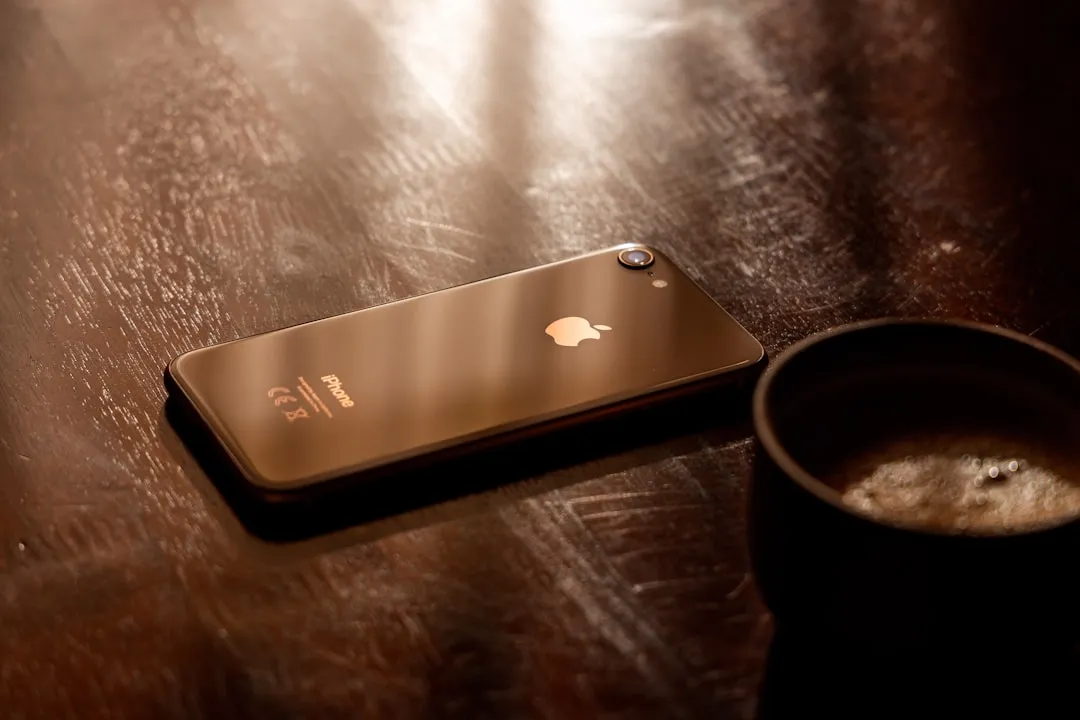
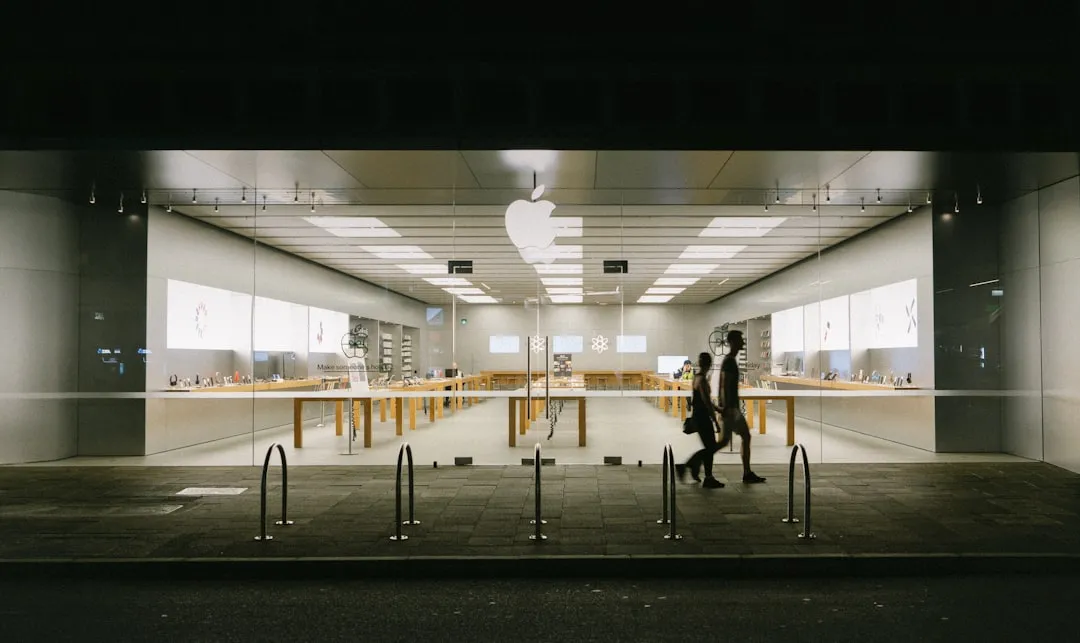



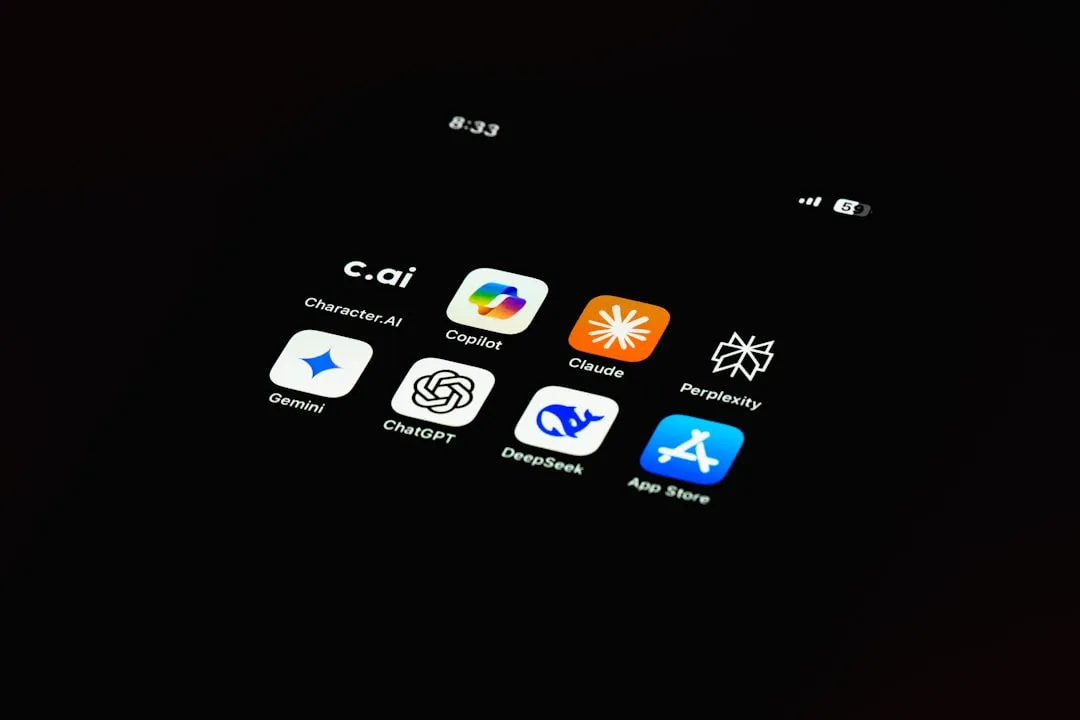


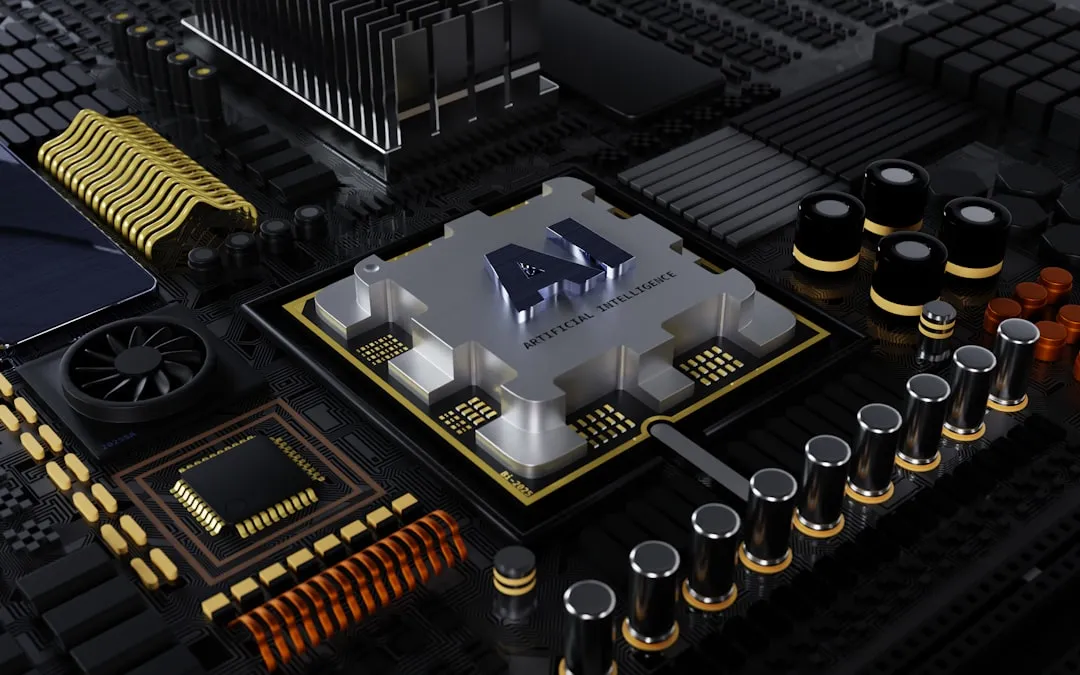


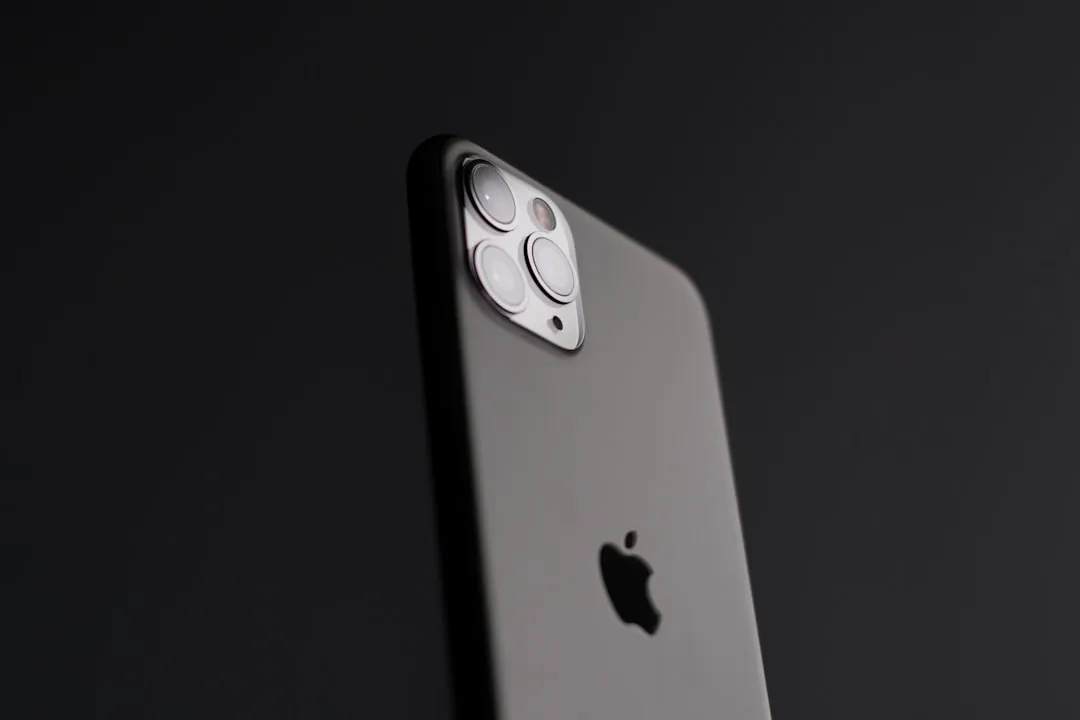


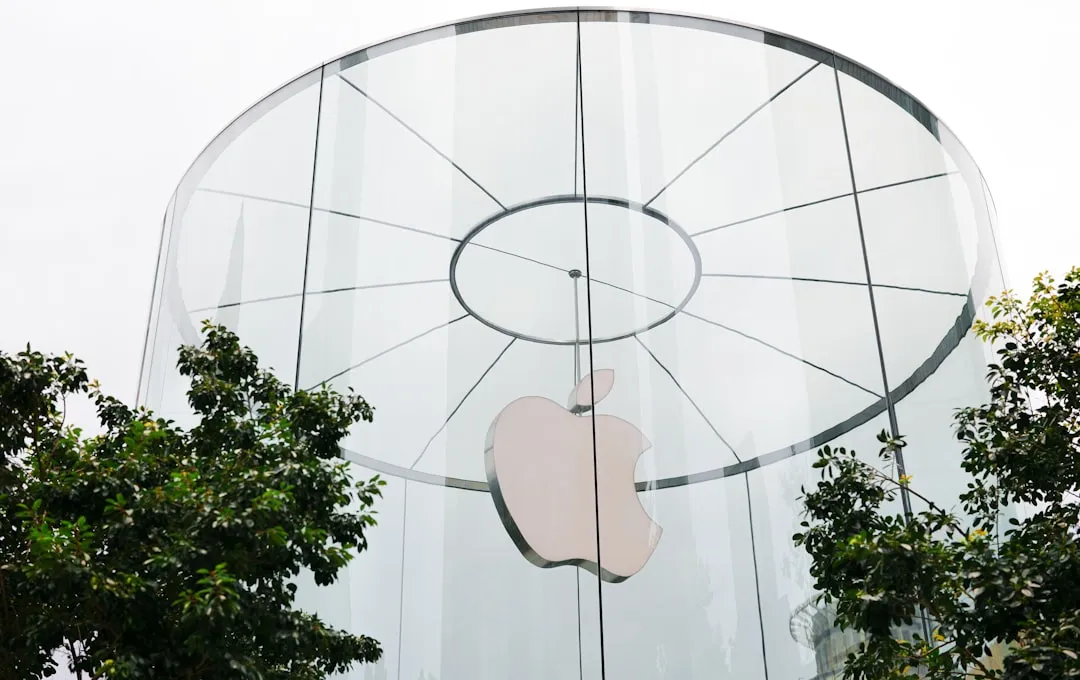
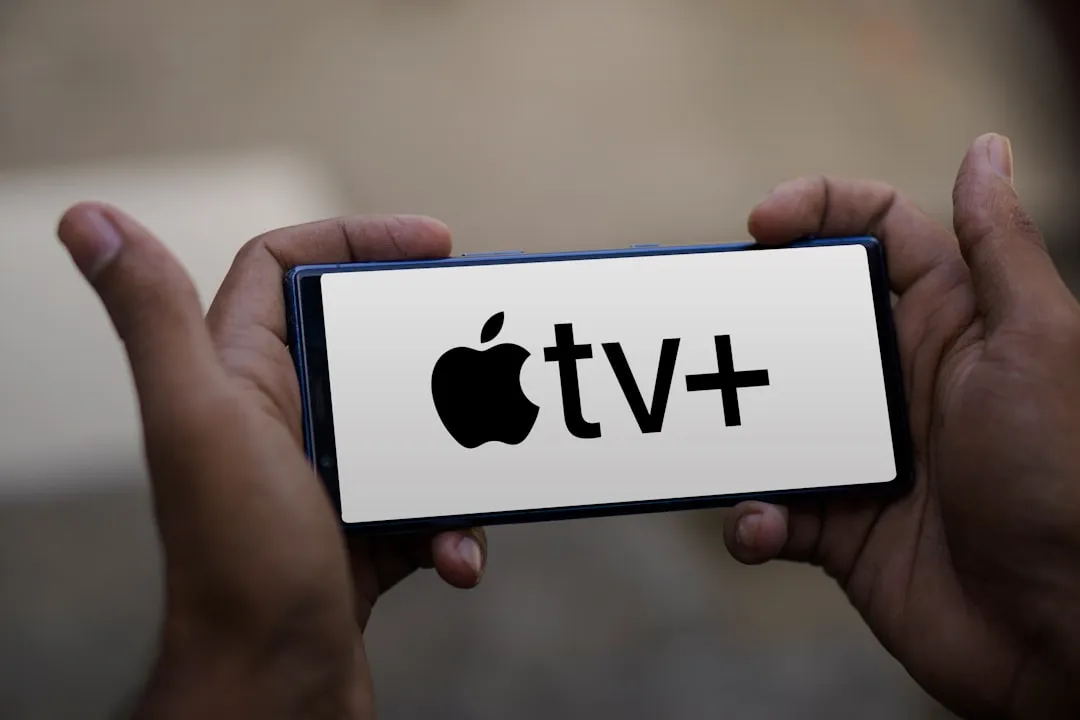
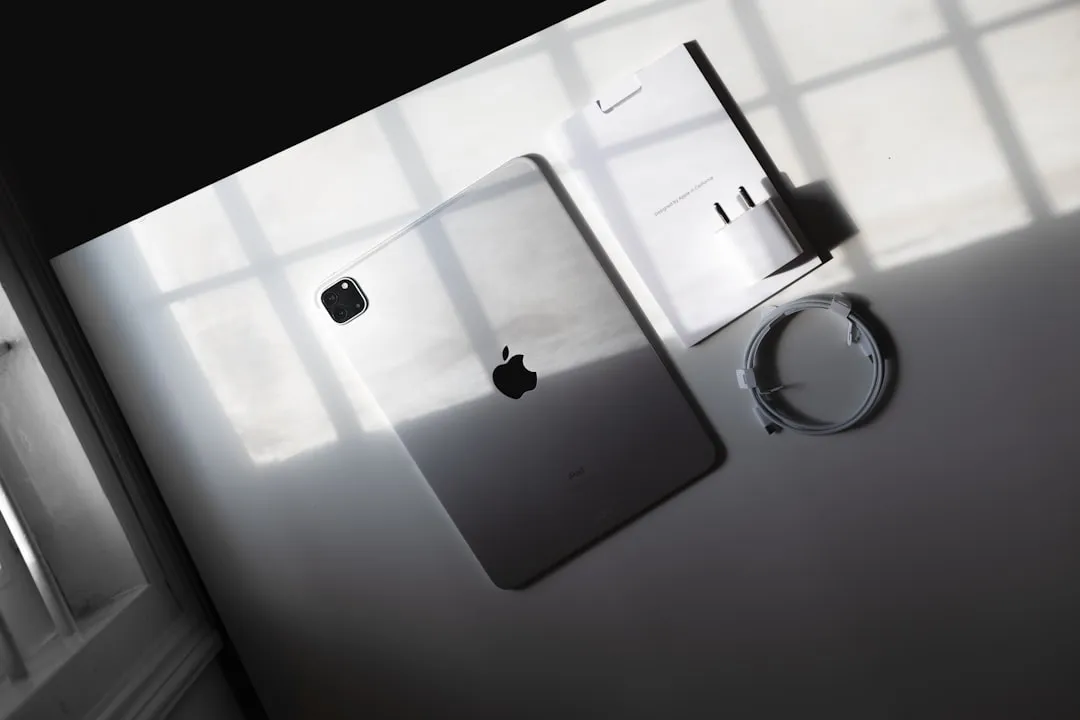

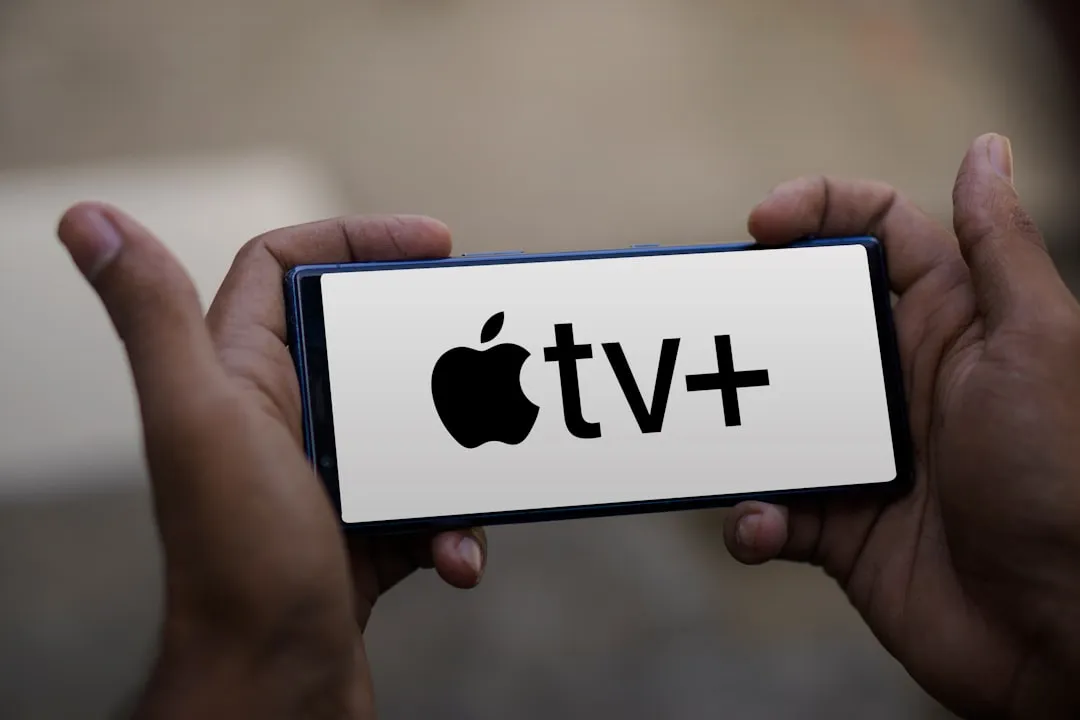

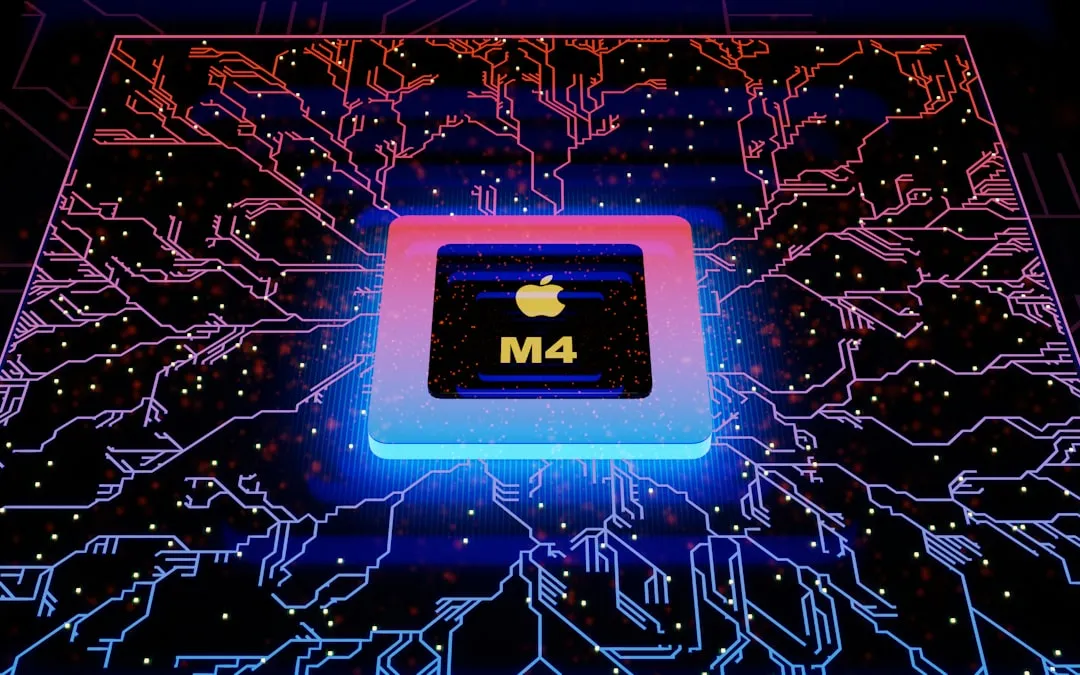
Comments
Be the first, drop a comment!